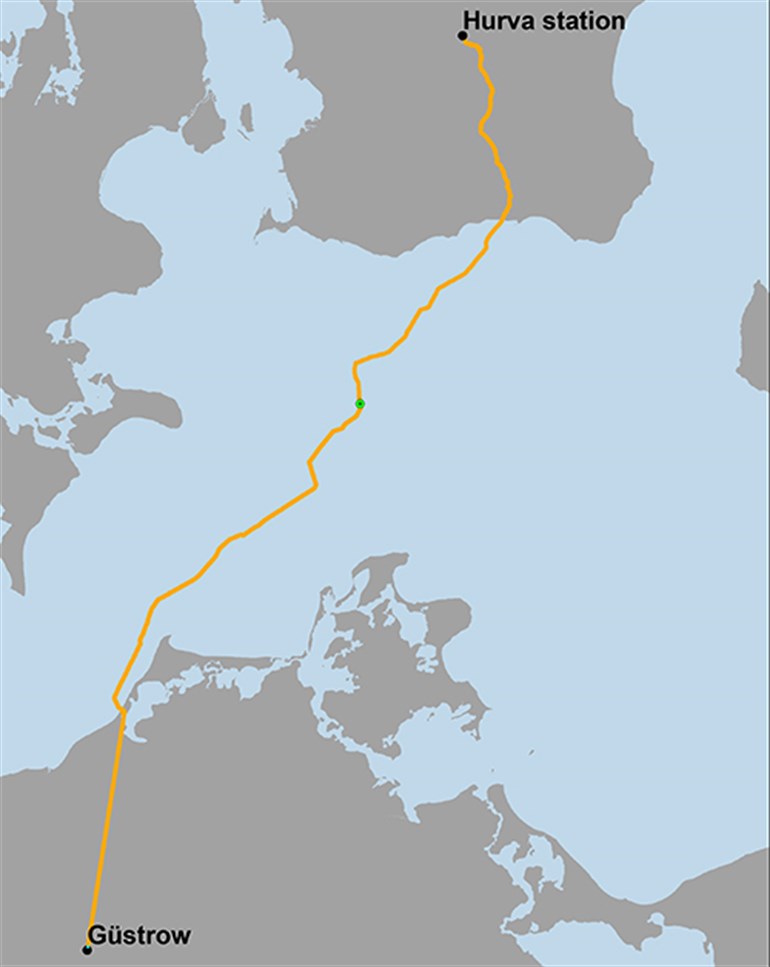”The introduction of a flow-based capacity calculation has been postponed until October 2024. This means that there is more time for evaluation of methods and alternatives. A flow-based method can only be introduced when Sweden and surrounding countries have price areas that correspond to the actual bottlenecks in the transmission grid and that provide correct price signals,” says Johan Bruce, Operations Manager at SKGS.
External parallel run in the Nordic national grid
Svenska kraftnät and the Nordic grid operators carrys out external parallel runs with a flow-based capacity calculation. It’s part of the implementation of the Capacity Allocation and Congestion (CACM) mesh code. If the TSO can demonstrate that a flow-based capacity calculation does not increase efficiency, the current NTC (Net Transfer Capacity) method can continue to be used.
Non-intuitive flows have a negative impact on the intra-day market
The external parallel runs shows that the flow-based capacity calculation provides non-intuitive flows for a large number of hours. This leads to a deterioration in transparency and confidence in the electricity market. At the same time, it creates unreasonable arbitrage opportunities in the intra-day market.
”SKGS believes that the transmission system operators have not taken sufficient account of these negative effects. One explanation for the non-intuitive flows over certain sections of the main grid is that the current bidding zone division does not correspond to the actual bottlenecks. Making one large bidding area of the whole of Sweden would solve this. But SKGS recommends a division into bidding zones where there are structural bottlenecks, as it increases transparency in the electricity market,” says Johan Bruce.
Bidding zones must reflect structural bottlenecks
For the functioning of the market, it is important that bidding zones reflect the actual structural bottlenecks. This means that the bidding zones need to extend across national borders. SKGS would like to see an intra-Nordic goal for increased market integration, in order to reduce the number of bidding zones in the long term.
Bidding zones need firmness over time, while at the same time there are incentives to minimize structural bottlenecks. The bidding zones must be large enough to create liquidity and competition. Svenska kraftnät should be tasked with minimising price differences within the country over time, by, for example, creating incentives for increased electricity generation in southern Sweden.
Questionable socio-economic calculations
SKGS questions the socio-economic calculations made based on the external parallel runs. They show a positive outcome, but due to the increase in so-called congestion revenues (the fees paid to the TSO when price differences arise between bidding areas). It is highly questionable to calculate the socio-economic outcome of the congestion income in this way.
Swedenergy’s calculations show that the socio-economic benefit is overestimated by the system operators as they overestimate hydropower generation, which is not included in the socio-economic calculations.
Strengthened connection to the continent leads to higher electricity prices
The results of the simulations show sharply increased electricity prices, mainly in Sweden, northern Norway and Finland. This is a consequence of the increased price coupling to the continent and Germany that increased capacity in the main grid entails.
”The German pricing of electricity is not accurate as Germany is a single price area, despite extensive internal bottlenecks. This means that the Nordic region, which borders northern Germany, is affected by an electricity price that does not correspond to the real value of electricity in northern Germany. Until there is a more accurate pricing of electricity in northern Germany, no measures should be implemented that increase the price coupling to Germany, such as flow-based capacity calculation or Hansa Powerbridge,” says Johan Bruce.



